As care for the environment shifts from being an activist concern to the mainstream, embraced by governments and municipalities alike, European cities, regions and nations set ambitious targets for the reduction of their ecological footprint. Recently, the Belgian city of Leuven set itself the goal of becoming entirely carbon neutral by 2030. The Brussels-based collective Rotor was commissioned by Stuk, a local art centre, to investigate the cultural impact on the city of the concept of sustainability. The result is a series of paintings depicting everyday activities of citizens in Leuven that engage this idea.
For Rotor, whose work has frequently observed material flows in industry and construction, the exhibition "Leuven, 2012" is the first in a series of projects analysing how the moral question of sustainability is lived out in contemporary production both within and beyond the realm of architecture and design. Joseph Grima sat down with Maarten Gielen and Lionel Devlieger to talk about this ongoing research, which will culminate in the Oslo Architecture Triennale (from 18 September to 1 December 2013), of which they are co-curators together with the Parisian magazine Criticat.
Joseph Grima: Since buildings account for almost 40 per cent of total energy consumption, it's clear that architecture as a discipline is of pivotal importance in the discourse around sustainability. Yet as you've pointed out, a lot of what is stated on the topic of sustainability is pretty shallow, if not downright compromised by opportunism, greenwashing and the marketing gimmicks of developers. Do you think architecture's role in this discourse has been irreparably compromised?
Rotor: We are making a critique, or trying to take some distance from the subject in order to observe it more clearly. We're not nuking sustainability— we are sincerely interested in the architectural discourse with regard to this topic. Obviously, asking the question whether sustainability can be taken seriously as a concept is controversial in itself, and it is sufficiently controversial so that we can use quite nuanced answers. We don't want to push it to the other extreme either, because there is enough promotion already, but we are not acting as terrorists on this issue. We find all the projects we include in our research genuinely interesting in some way.
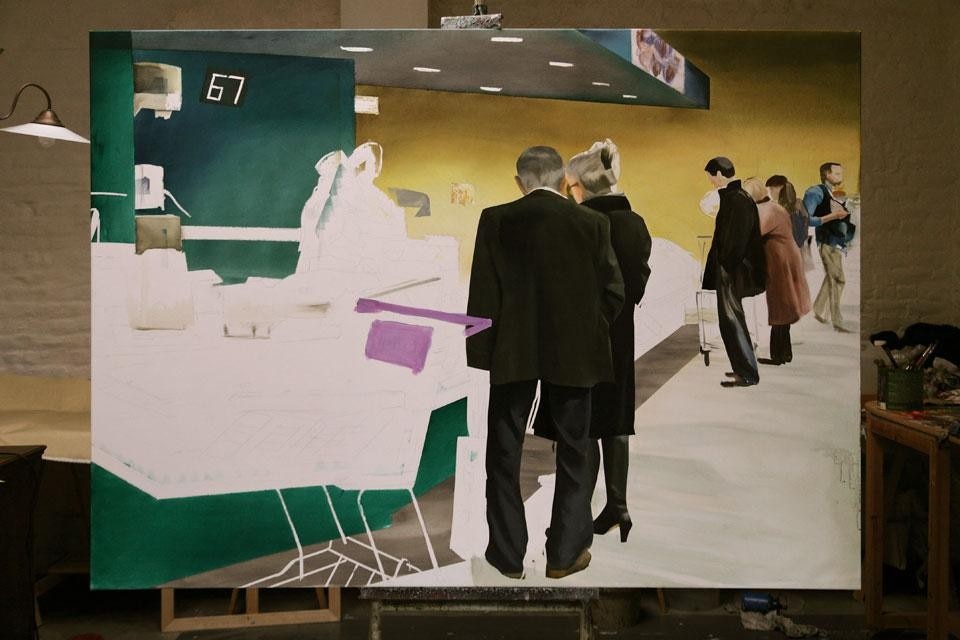
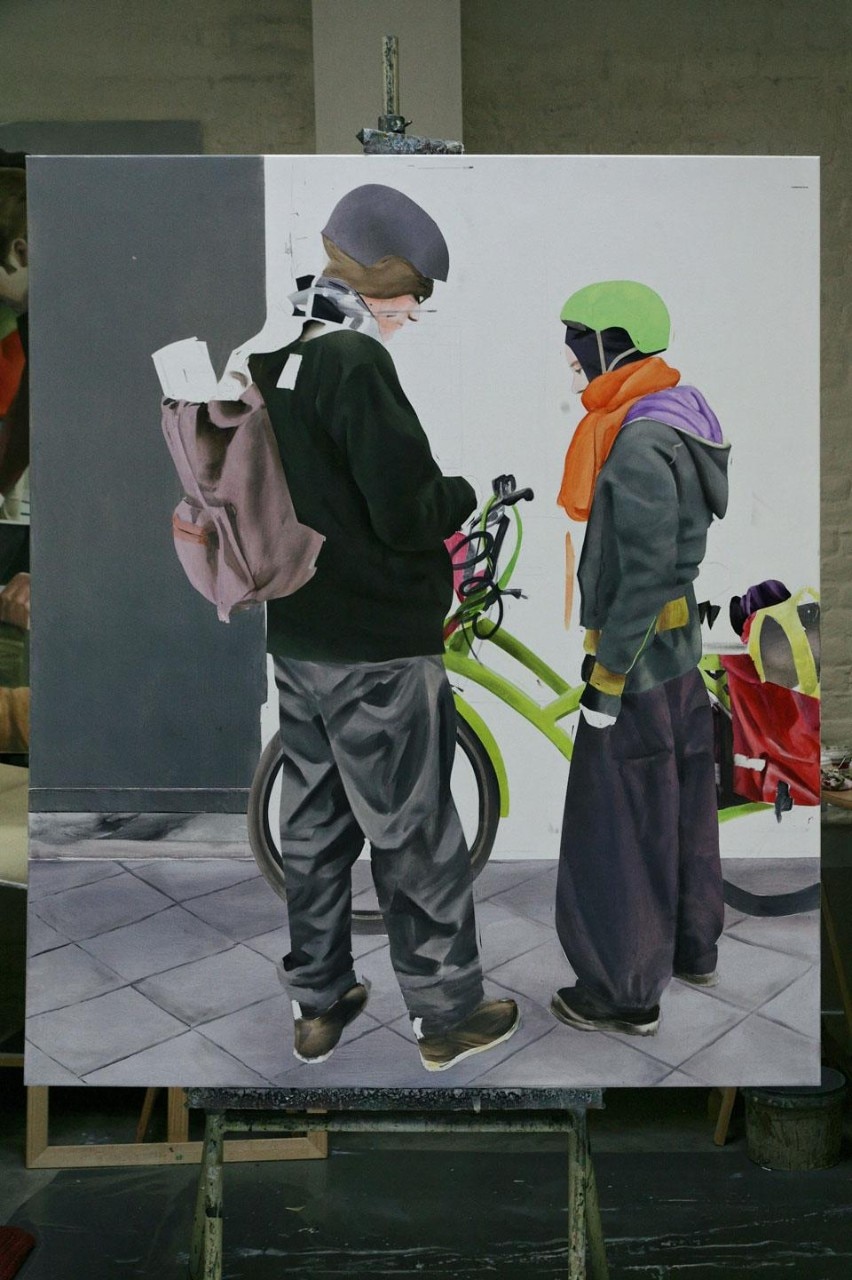
The unspoken idea is that these pockets of sustainability will gradually expand and at a certain point become so large that they interconnect to form larger pockets. Gradually these super-pockets will take over the world, one project at a time. A project can even be an entire country in some cases, but it needs identifiable boundaries.
The thing is that if you talk about sustainability, sooner or later you end up discussing existential questions, such as what the purpose of life is
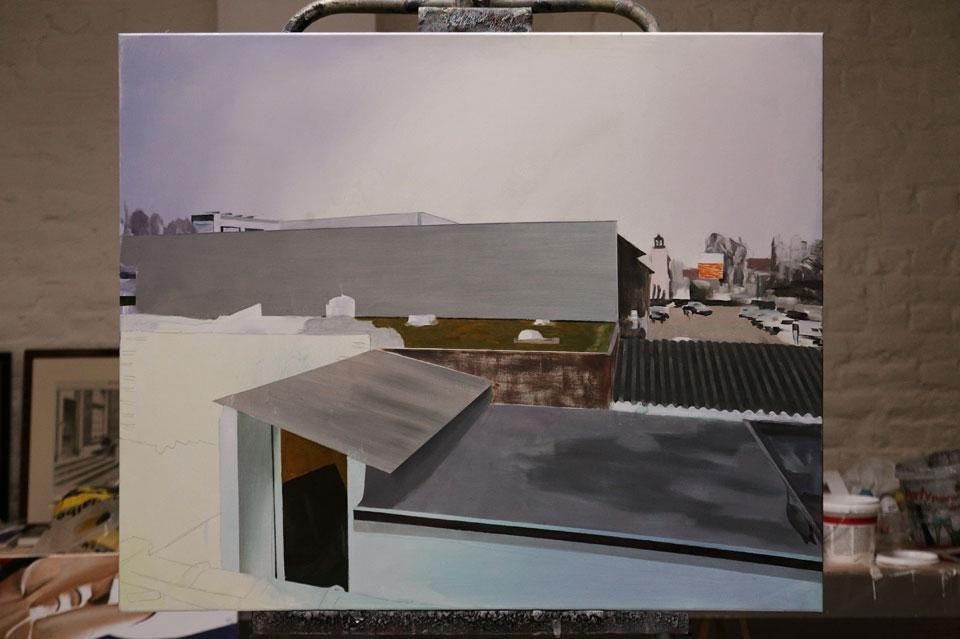
This type of statement is heard more frequently in Western Europe in recent years, partly inspired by the fact that the economy is in recession and that we can't afford to build any more. Once you go outside Europe and you go to Southern America, Asia or Africa—to people in Congo, for instance — you can't just say, "All right, let's stop building." So from that perspective we think it is perhaps an easy critique. It is also a very sad point of view — why don't we just kill ourselves if saving energy is the ultimate goal? Ultimately everything, even walking, consumes energy.
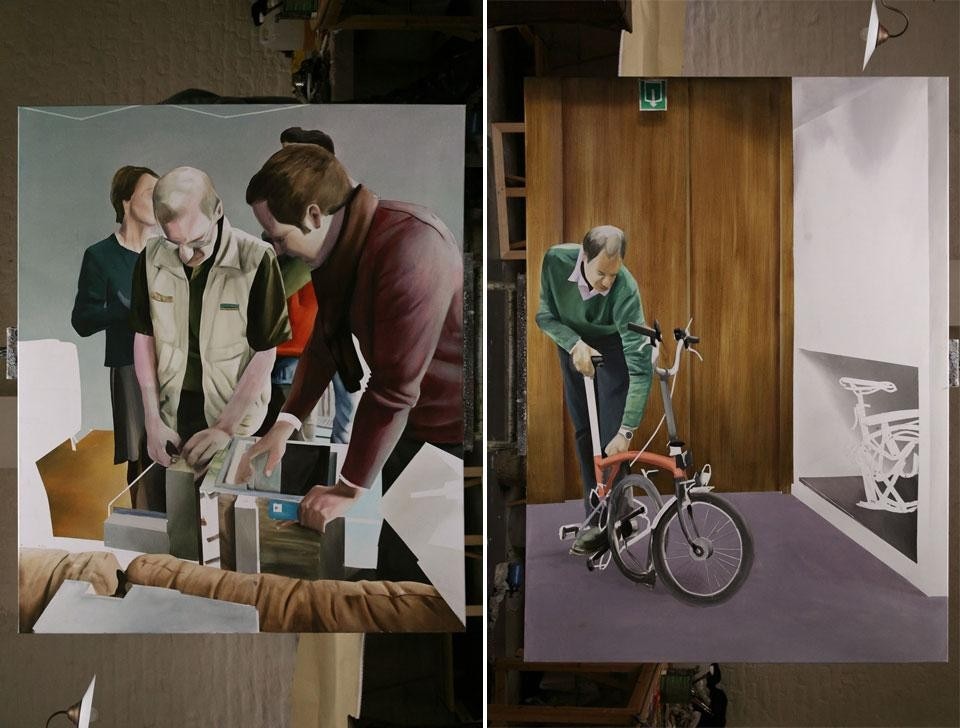
In 1987, the United Nations released the Brundtland Report, which included what is now one of the most widely recognised definitions of sustainability: "Sustainable development is development that meets the needs of the present without compromising the ability of future generations to meet their own needs." The intriguing thing about this definition is that it is based on the idea of "needs". But how can you work with that idea as an architect? What are those needs? In our society economic growth is certainly a need. In other words, the growth of the need for needs is a need. The discourse very quickly ends up eating itself. When you talk about sustainability, sooner or later you end up discussing existential questions, such as what the purpose of life is. In our exhibition we wanted to look at how these new morals influence daily life in Leuven.
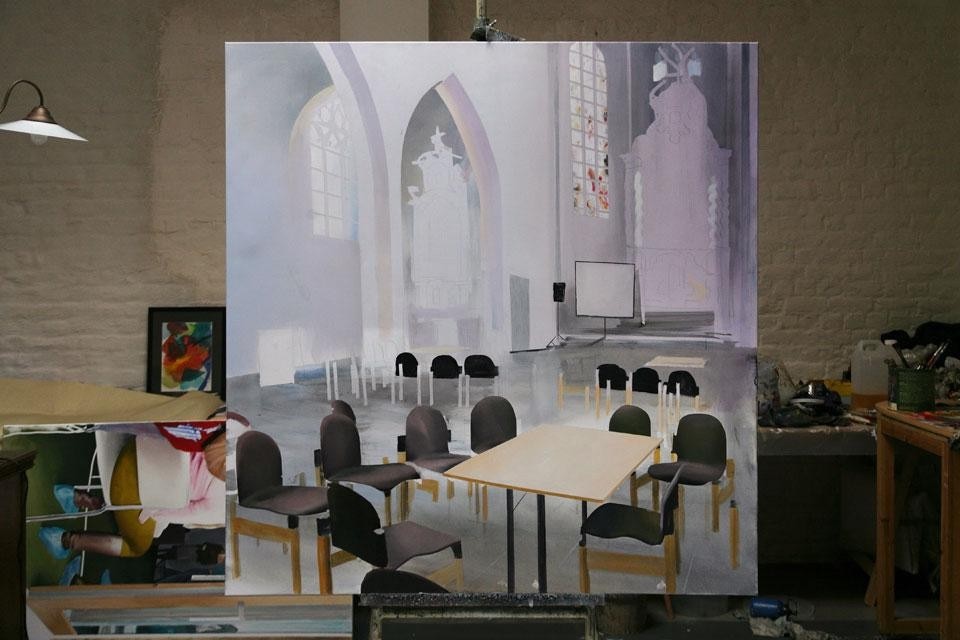
Leuven is a small city 25 kilometres outside Brussels. Because of the presence of the Catholic university, there is a strong tradition of Catholicism and very ethical behaviour, and also a strong belief in technology. This proved to be a fertile ground for ideas on sustainability. Indeed, Leuven has made a pledge that by 2030 they will be carbon neutral as a town. They are lucky because they don't have heavy industry, but it is still a very ambitious goal. Our objective was to start a dialogue on the slogan "Carbon neutral in 2030" by looking at the situation in 2012 and what happens on a day-to-day basis to prepare the sustainable society of tomorrow. Koen Berghmans, one of our colleagues, went out and took pictures of these daily activities, from vegetarian cooking lessons to repair cafes and research on new building materials. This resulted in hundreds of images. Out of these we carefully selected 16 scenes which were then translated into paintings by Robert Suermondt, a painter of Swiss, Dutch and Slovenian origins established in Brussels. One could say it was commissioned work in the oldfashioned sense. We wanted to use painting to present a mirror to the onlookers, to help them identify with the scenes.
The last painting acts as a kind of counterbalance to the others. Behind the abstract rhetoric of "smart material economies", immigrant workers are doing the dirty work. We found it very important to compensate all these innocent images of engaged middle-class people with a representation of a more grim backstage view. Our point is not to denounce one practice in favour of another, but rather to show that the good is difficult to separate from the bad.
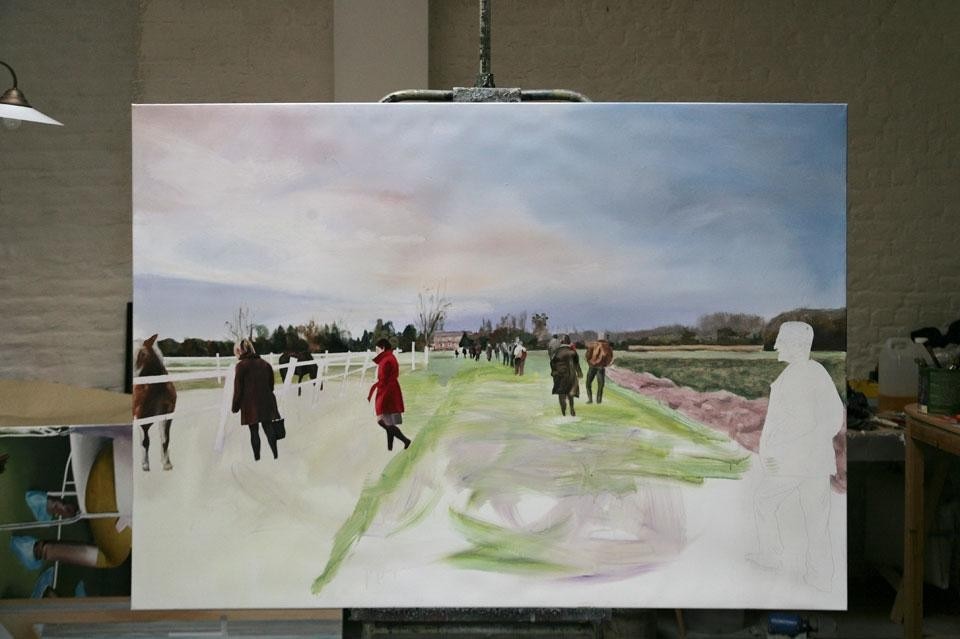
As we are constantly bombarded with images, it takes a lot to grab the attention of someone with an image. That's why we also in Leuven we wanted to show paintings, because what we are doing is showing Leuven to Leuven, the people that are in the paintings are the same as are in front of the paintings. How do you put a mirror in front of someone? And how do you make them see the symbolism of sorting trash? A painting can very easily be read more as a kind of symbolic or metaphorical device than a picture.
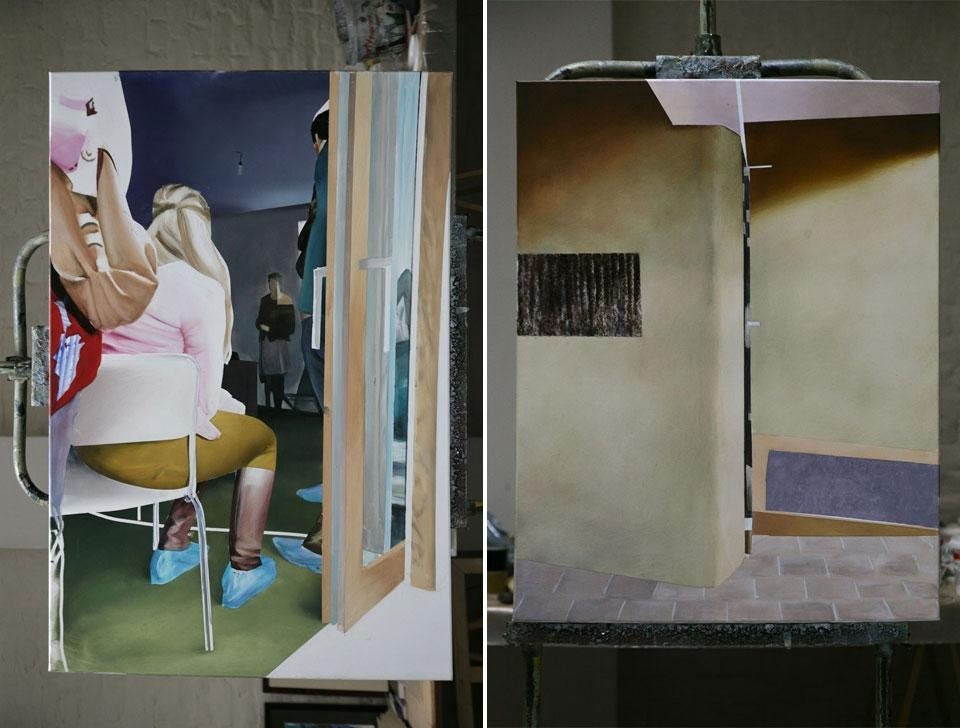
There is an interesting pendulum movement going around there, because when you look at the writing of Buckminster Fuller, for instance, he says that you will not be able to reform men, the only option left is to reform the environment, so you have to use technology to completely refashion environment — Fuller completely abandons the idea that you will be able to change men. Obviously it is a very modernist outlook, which has left us with a huge technophilia. Many people are now critical, but every once in a while it is also good to look at some elements of wisdom in that proposal of reforming men.
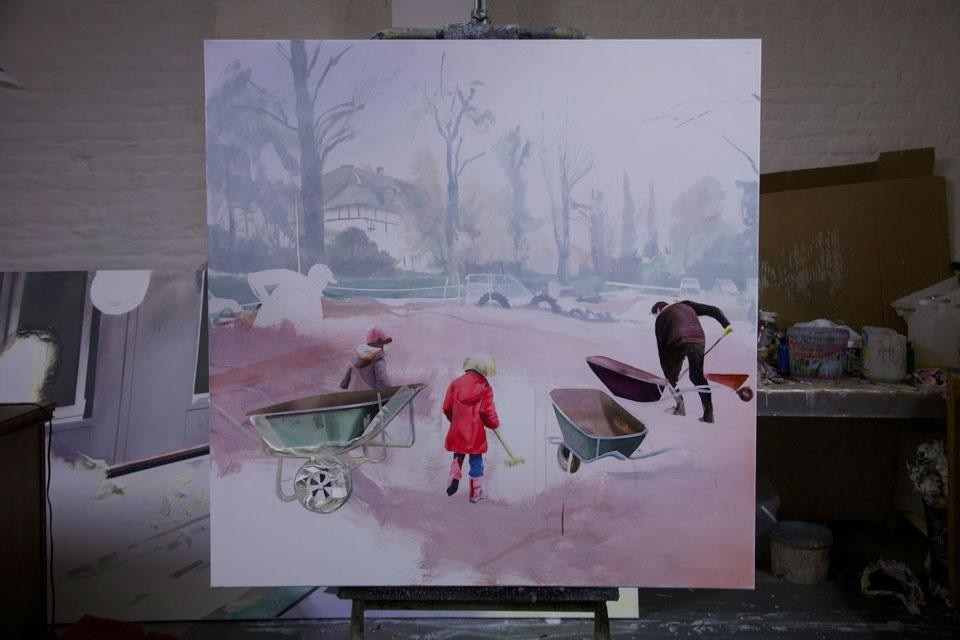
The European Union implemented a policy a few years ago, phasing out incandescent light bulbs in favour of energy saving ones. In reality, the savings are inexistent because the new technology allows you to illuminate — as was predicted as well — things that you wouldn't have before. But then, Europe had this agenda of reducing the energy consumption, and by coincidence with the 2007 crisis what happened was that we had an unplanned, drastic reduction of our energy consumption. All of a sudden energy became cheaper and now we are at the same level we were before the crisis. The logical outcome is quite predictable. If light bulbs had been very efficient in reducing our overall energy consumption, it would have been compensated in some kind of way at another point. The bottom up is locked in by this economic system.
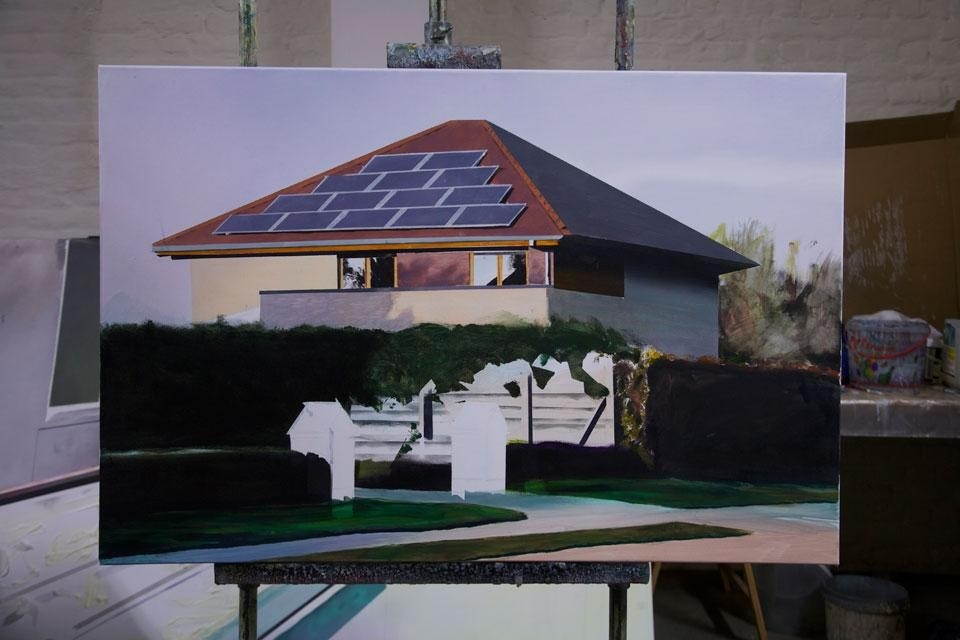
This is also related to this idea of surplus and how you deal with it as a society. We are not too far away from Georges Bataille and the notion of glorious expenditure versus catastrophic expenditure. In a way, Jevons says that savings only make sense only if you invest them in something that won't increase your production. Maybe this is something with which architecture can help.


